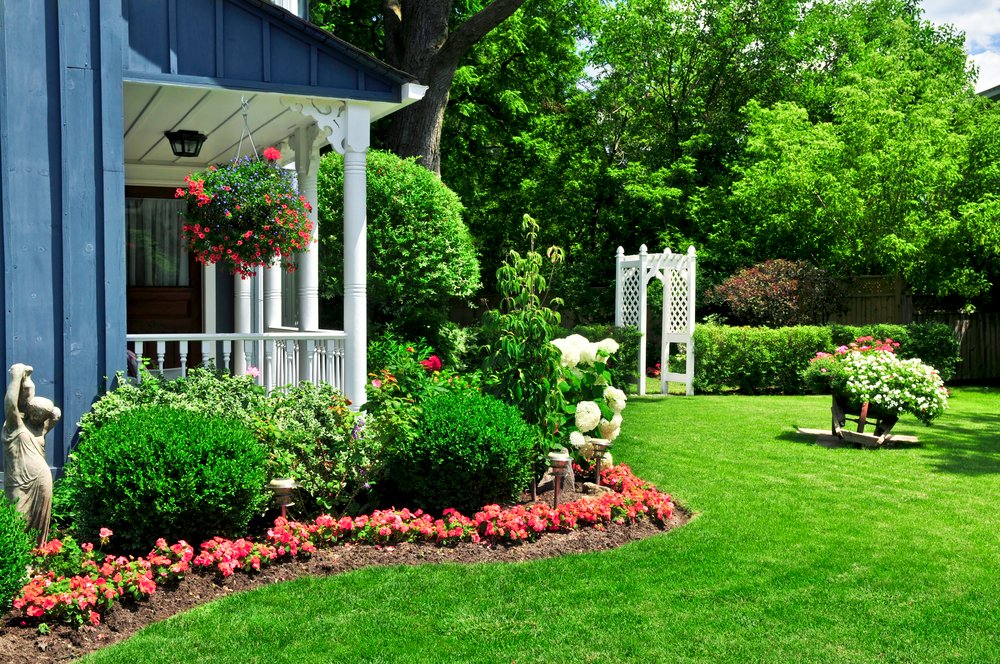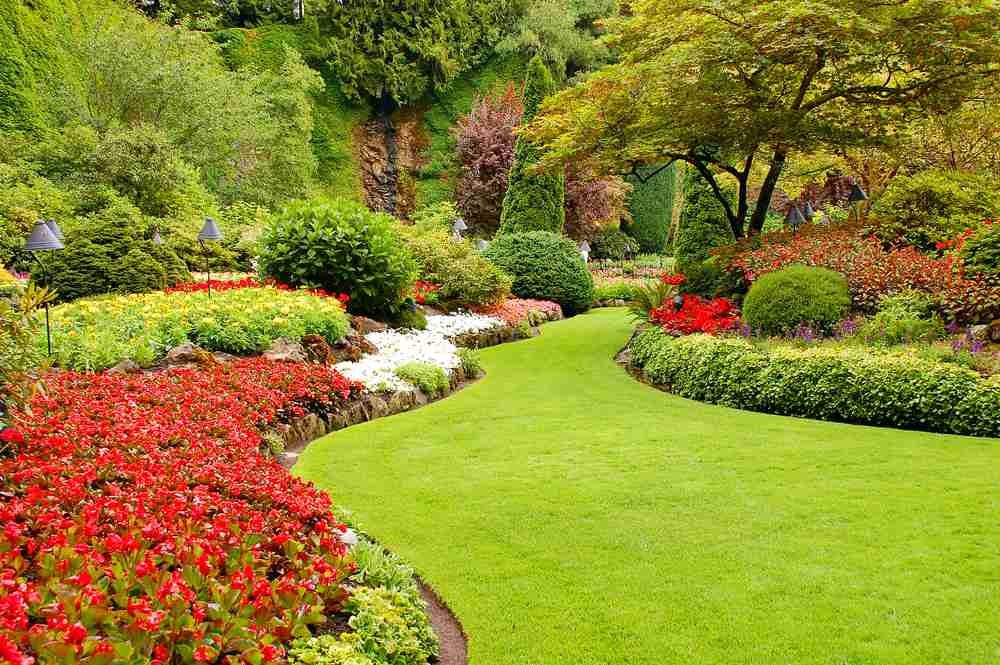Smart investments in landscape design can boost your home’s value by 10% to 30%. Your project’s success depends on understanding the financial aspects, whether you plan a small garden makeover or want to revolutionize your property.
Landscape design prices in 2025 average $4,590. Most homeowners spend between $1,960 and $7,220. The price range starts from $500 for simple designs and reaches $15,000 for complex projects. Landscape designers’ hourly rates typically range from $50 to $150. Your total investment depends on your project’s specific needs and scope.
This piece helps you understand landscape design costs. You’ll learn about pricing factors and budget-friendly ways to plan your project effectively.
Understanding Basic Landscape Design Costs
Professional landscape design services vary in price based on expertise levels and what you need for your project. The national average cost for landscape design sits between $1,944 and $7,213. Most homeowners spend around $4,571 for complete design services.
Average costs in 2025
Design plans can cost anywhere from $300 to $15,000, though most projects stay under $6,000. Designers charge $100 to $200 for the first hour of consultation. Small backyard garden designs are available at $300 to $600. This makes them a great starting point for homeowners with modest budgets.
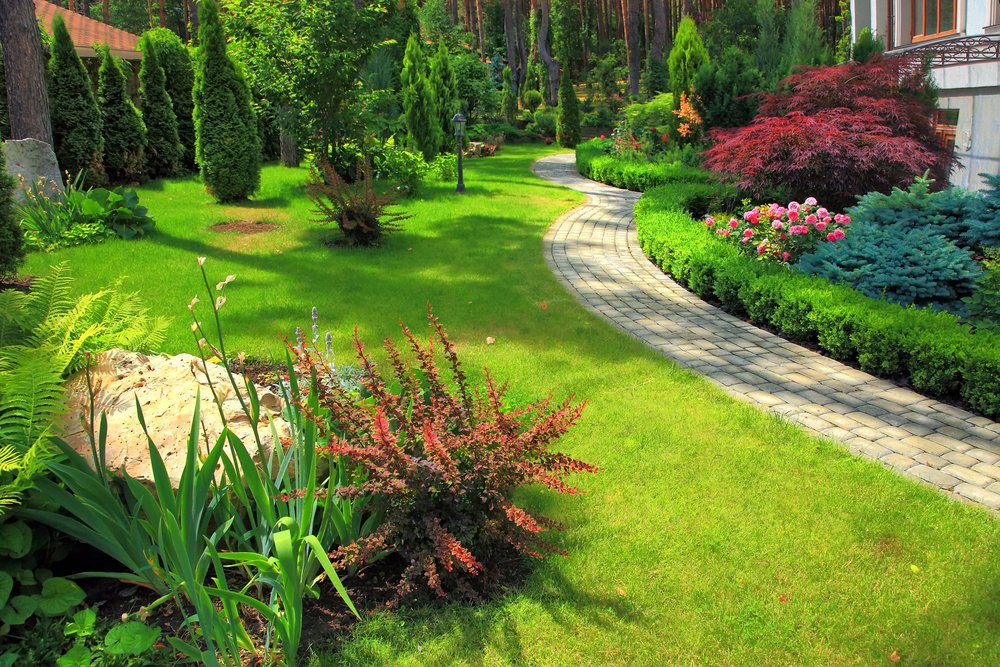
Factors affecting design fees
The size of your property shapes the design costs because larger areas need more planning and materials. Project complexity is a vital factor – custom features like built-in seating or detailed drainage solutions need more expertise and time.
These elements affect design fees:
- Property terrain and soil conditions
- Material selection and quality
- Required permits and approvals
- Integration of specialized features
Designer vs architect pricing
Landscape designers and architects price their services differently based on their qualifications and project scope. Landscape designers usually charge $50 to $150 per hour, while architects charge $100 to $250 per hour because of their advanced credentials.
Architects often set their fees at 5% to 15% of the total project cost. This difference comes from their educational background – architects must have state licenses and degrees from accredited universities. They’re better equipped to handle complex structural projects with grading, drainage systems, or extensive property changes.
Simple residential projects like garden designs or yard makeovers are affordable with a landscape designer. Projects that need structural changes or complex engineering solutions work better with an architect’s expertise, even at higher rates.
How to Calculate Your Landscape Design Budget
You need careful planning and must think about many factors to create an accurate landscape design budget. The first step is to figure out your total available funds and set a realistic spending limit that won’t strain your finances. Use our landscaping cost calculator to get an idea of the expense involved.
Step-by-step calculation method
Start by making two important lists – must-have elements and nice-to-have features. This helps you prioritize your spending and will give a clear path to meet core project needs first.
Here’s how to calculate your base budget:
- Measure your property size and multiply it by the average cost per square foot (ranging from $5 to $45)
- Add design fees ($50 to $150 per hour for designers)
- Calculate material costs for essential elements
- Include labor expenses
- Add a contingency fund of 10-15% of the total project cost
Most towns now require drainage systems for certain amounts of impervious paving, which affects your budget. A chat with landscape professionals before making assumptions about future upgrades can prevent things from getting pricey.
Hidden costs to think about
Design fees are just the start – homeowners often get surprised by several unexpected expenses:
- Utility Costs: Projects typically increase water and electricity usage during installation
- Waste Management: Debris removal and dumpster rental fees
- Permit Fees: Required for features like new plumbing or electrical work
- Access Challenges: Limited site access can increase labor costs
- Soil Preparation: Poor soil conditions may require additional excavation
The American Society of Landscape Architects suggests budgeting 5% to 10% of your home’s worth for landscaping projects. High-quality materials and professional services often save money in the long term by reducing maintenance and replacement costs.
We tracked expenses throughout the project to stay within budget. You might want to break larger projects into phases if the total cost is more than your immediate budget – this lets you manage finances better while still getting your desired outcome.
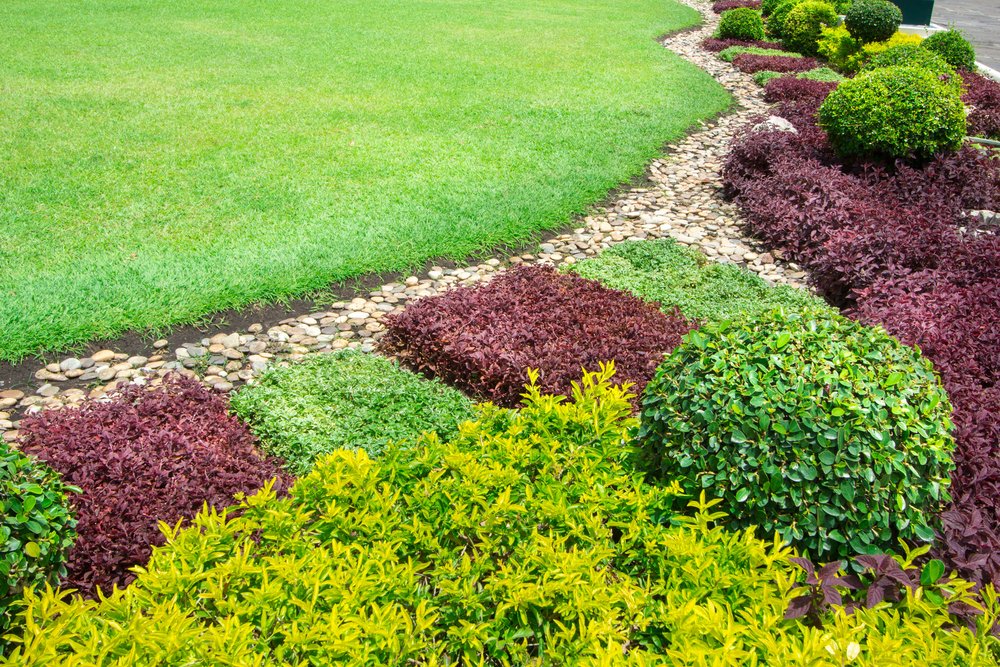
Breaking Down Design Costs by Project Type
Project complexity plays a key role in determining landscape design costs across different property sizes. The most simple designs cost $300 to $600 for straightforward projects. These designs usually cover basic garden layouts or minor updates to existing landscapes.
Small garden designs
Landscape design costs for 500-square-foot properties range from $2,500 to $5,000. These projects usually include the simple contours of planting plans and garden layouts. Small landscaping projects with minimal features cost $5,000 to $10,000 for complete implementation. They work well for homeowners who have limited space or budget constraints.
Medium yard makeovers
Design fees for 1,000-square-foot properties run between $5,000 and $15,000. These projects often feature water elements, custom patios, and detailed planting schemes. The complete implementation of medium yard projects costs $11,000 to $20,000. This price point strikes a balance between beauty and functionality.
Large estate planning
Large estates that need complete design solutions cost between $30,000 and $90,000 for 2,000-square-foot areas. These projects require extensive planning and often include multiple complex features. Properties between 1.5 to 3 acres have design fees around $8,000, and implementation starts at $25,000.
Special feature costs
Special features can change your outdoor space into a tailored retreat. Here are current market rates for popular additions:
- Outdoor kitchens: $5,060 to $17,275
- Custom pergolas: $2,100 to $6,000
- Water features: $1,300 to $5,800
- Fire pit installations: $250 to $2,200
- Landscape curbing: $710 to $2,200
Hardscaping elements like patios cost $2,000 to $6,000, while deck construction ranges from $4,300 to $12,500. These additions boost functionality and increase property value when merged into the overall design scheme.
Regional Cost Variations Across States
Location determines landscape design costs throughout the United States. Prices vary between busy cities and quiet rural towns based on local market conditions and living costs.
Urban vs rural pricing
Cities charge more for landscape design because running a business costs more and people need these services more. City-based designers charge $50 to $150 per hour. This reflects their premium pricing structure.
Space limitations and higher labor costs drive up the price per square foot in city regions. Rural areas tend to have better rates, though bigger properties might cost more overall.
These price differences between cities and rural areas stem from:
- Business costs run higher in cities
- City workers charge more
- Property sizes differ between urban and rural areas
- Local rules and permits vary
State-by-state comparison
Landscape design costs differ a lot from state to state. Here’s what landscape architects charge on average in different states:
| State | Average Cost |
|---|---|
| California | $3,020 |
| New York | $2,610 |
| Florida | $2,170 |
| North Carolina | $2,060 |
| Pennsylvania | $2,010 |
| Illinois | $2,000 |
| Ohio | $1,990 |
| Texas | $1,940 |
| Georgia | $1,920 |
| Michigan | $1,920 |
Property size makes a big difference in these costs. States like Vermont and Maine, with yards averaging 1.59 to 1.64 acres, usually cost more than Maryland, California, and New Jersey, where yards average 0.17 to 0.21 acres.
Living costs in different areas directly affect design fees. States like Hawaii, Washington, Massachusetts, California, and New York charge more than Mississippi, Kansas, or Alabama. Weather also plays a role – spring and summer projects cost more than off-season work.
Local permit requirements add another cost factor. These fees can add hundreds of dollars to your project, depending on local rules. Each region’s unique climate affects plant choices and design approaches, which changes the final cost.
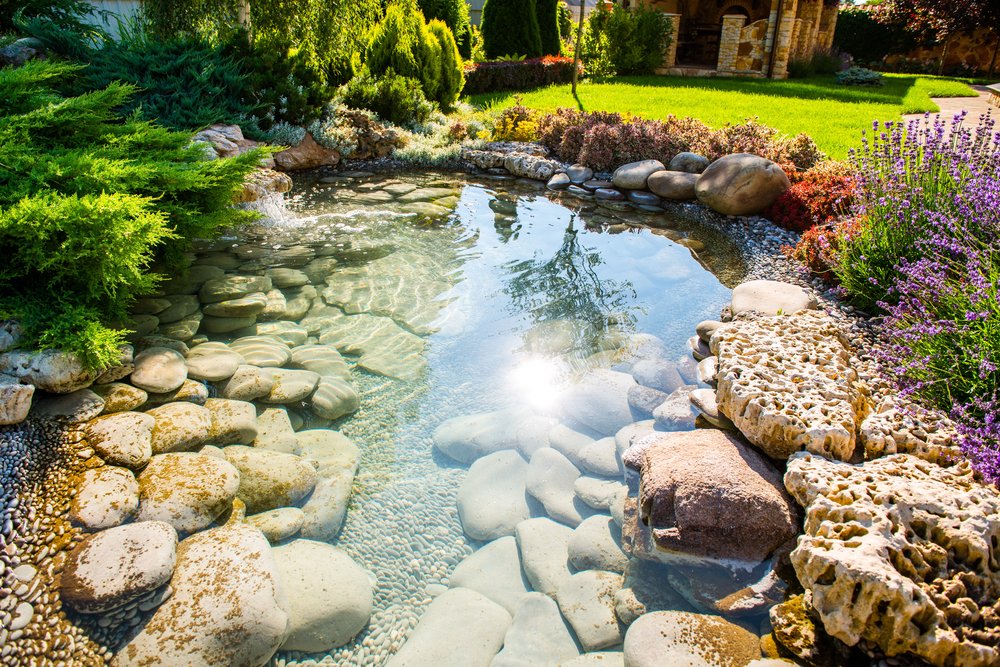
Smart Ways to Reduce Design Costs
Smart planning and decision-making help reduce landscape design costs. You can achieve professional results and control your budget with a thoughtful approach.
Timing your project right
Winter emerges as the best season to plan your landscape. Designers are more available, and you can see your outdoor space better when trees have no leaves. This makes spotting potential problems easier.
Reaching out to contractors in slower seasons leads to big savings. This gives you time to:
- Look up materials and compare costs
- Find better deals on plants and materials
- Plan installations during good weather
- Skip the busy spring season when prices go up
Phasing your design
Your landscape project becomes budget-friendly when you break it into smaller phases. This way, you spread costs while your yard stays usable throughout the work.
A complete master plan paves the way to successful phasing. This detailed roadmap needs to show:
- Your full project vision
- Steps for construction
- Utility preparations
- Room to grow in future
You can cut initial costs through phasing while parts of your outdoor space remain enjoyable. Notwithstanding that, remember possible material price changes and contractor availability might shift over time.
DIY-friendly elements
Adding do-it-yourself elements is a big deal as it means that you can cut landscape design costs. Graph paper helps you sketch a rough layout to see your space better. Your yard works best when divided into specific areas like flower beds, vegetable gardens, or places to sit.
Budget-friendly DIY ideas include:
- Buying smaller plants (4-inch instead of one gallon containers)
- Getting materials in bulk saves money
- Growing vegetables and herbs cuts grocery bills
- Native plants are easier to maintain and adapt better
Gravel or mulch paths are budget-friendly alternatives to expensive paving. Recycled materials add unique charm and keep costs down.
Quality matters with DIY projects, so stick to what you know. To name just one example, you can handle simple planting beds and basic irrigation systems yourself, but leave complex structural work to professionals. Another cost effective idea is to use an online landscape design service. While not as thorough as hiring an in person architect, the cost is considerably less.
Conclusion
Landscape design is a high-value investment that boosts property value and helps create your dream outdoor space. Our research shows that smart planning and the right timing make professional landscape design more available than most homeowners think.
Project costs typically range from $1,960 to $7,220. These prices change based on your location, property size, and design complexity. Of course, you can manage expenses better by breaking down large projects into phases. You’ll often find better rates and get more detailed planning time when you schedule design work during winter months.
Don’t see landscape design as just another expense. This is a long-term investment that adds 10% to 30% to your home’s value. Understanding these cost factors helps you create realistic budgets and achieve the results you want, whether you choose a simple garden makeover or plan an estate design.
Note that you can reduce overall costs while keeping quality high by mixing professional expertise with carefully chosen DIY elements. A successful landscape design strikes the right balance between looking good and being practical, which creates outdoor spaces that fit your needs and budget.


